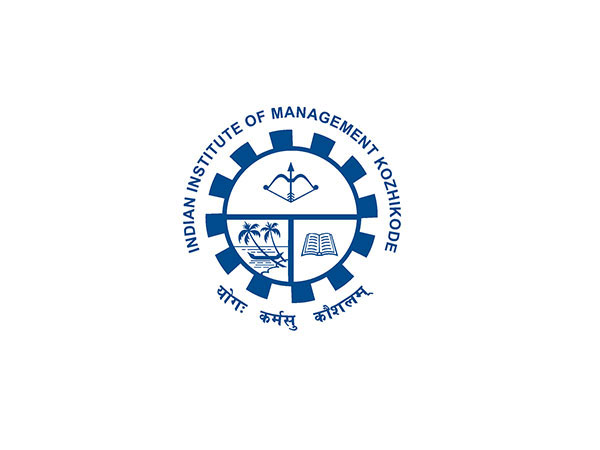PS Gahlaut Shares Effective Weed Control Strategies for Maximizing Millet Crop Yield
Apr 29, 2024
PNN
New Delhi [India], April 29: In the ever-changing vista of modern agriculture, the quest for maximizing crop yield while minimizing resource input remains paramount. Millets, a highly varied group of nutrition rich grasses grown as course cereal crops around the world, face the perennial challenge of weed competition, which can significantly impede its growth and yield if left unchecked. "Weeds are formidable adversaries in agriculture, capable of wreaking havoc on crop yields if left unchecked. Millet, a resilient and nutritious grain, is no exception to the challenges posed by these unwanted invaders," mentions renowned agricultural expert and the Managing Director of Indian Potash Limited (IPL) PS Gahlaut. Recognizing the critical importance of weed management in millet production, Gahlaut shares effective strategies to combat weeds and optimize millet crop yields.
"The integration of technology along with streamlining the mechanical methods into weed control strategies heralds a new era of efficiency and sustainability in millet farming," mentions PS Gahlaut.
Detrimental Effects of Weeds on Millet Crops
"Weeds are more than just nuisance plants," says PS Gahlaut. "They compete vigorously with millet for essential resources such as nutrients, water, and sunlight. This competition can severely hamper millet growth and development, ultimately leading to reduced yields," PS Gahlaut adds further. Millet, especially during its early growth stages, is particularly vulnerable to the aggressive encroachment of weeds, which can stunt its growth and compromise its potential.
Understanding the different growth stages of millet is crucial in comprehending how weed competition affects its development. Weeds pose a significant threat throughout the entire growth cycle of millet, but their impact is most pronounced during the early stages when the crop is establishing itself. Weeds can outcompete millet seedlings for resources, hindering their growth and establishment. Moreover, weeds can also interfere with flowering and seed formation, further diminishing yield potential.
Employing a Comprehensive Weed Management Approach
To effectively manage weeds in millet crops, a multifaceted approach is essential. PS Gahlaut advocates for the integration of cultural, mechanical, biological, and chemical control methods to combat weeds effectively while minimizing environmental impact. "Cultural practices such as crop rotation, proper planting density, and timely cultivation play a pivotal role in suppressing weed growth and fostering millet vigor," says PS Gahlaut.
Mechanical methods, including manual weeding, hoeing, and mechanical cultivation, are particularly valuable in organic millet farming systems where chemical inputs are limited. These techniques not only remove weeds but also aerate the soil and promote better nutrient uptake by millet plants.
However, Precision farming stands out as a cornerstone in modern weed control strategies. Harnessing technologies like GPS-guided tractors and drones equipped with multispectral imaging cameras, farmers can pinpoint weed-infested areas within millet fields with unparalleled accuracy. This targeted approach enables the precise application of herbicides, minimizing wastage and reducing the risk of herbicide resistance development.
Accurate Identification and Monitoring
A critical aspect of effective weed control is the accurate identification of weed species and the monitoring of their populations throughout the growing season. By understanding the specific challenges posed by different weed species, farmers can tailor their weed control strategies accordingly. Regular scouting of fields allows for timely intervention, preventing weed infestations from spiraling out of control and minimizing yield losses.
In the pursuit of maximizing millet crop yields, proactive weed control strategies are indispensable. Parvinder Singh Gahlaut shares his insights and underscores, "The importance of adopting a comprehensive approach to weed management, encompassing cultural, mechanical, biological, and chemical control methods is paramount. By prioritizing weed suppression and nurturing millet vigor, farmers can safeguard their crops against the detrimental effects of weeds and ensure sustainable millet production for years to come."
(ADVERTORIAL DISCLAIMER: The above press release has been provided by PNN. ANI will not be responsible in any way for the content of the same)








